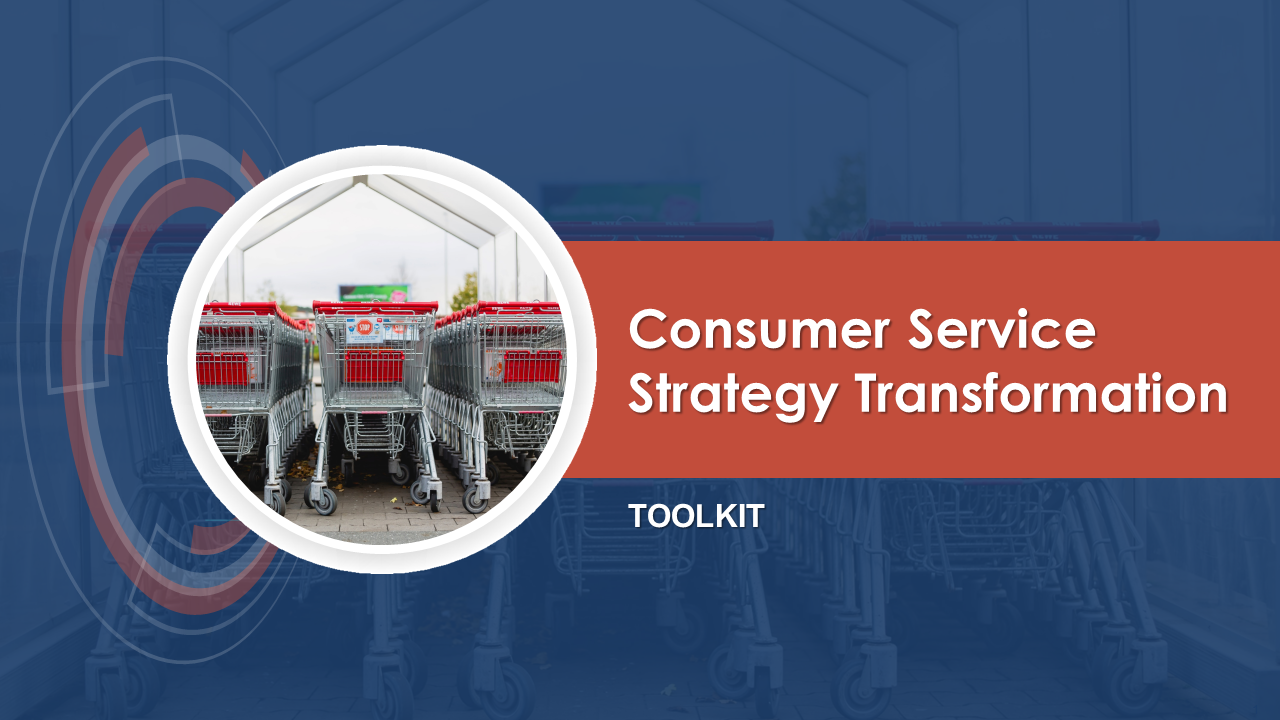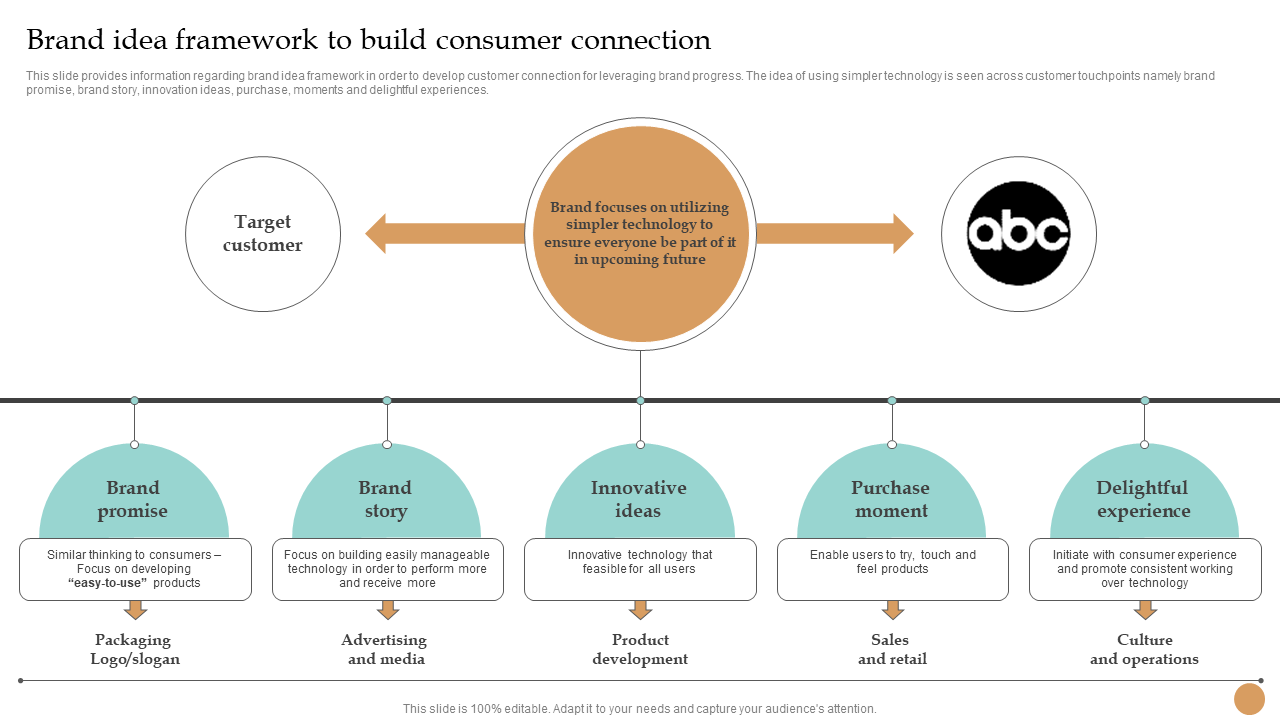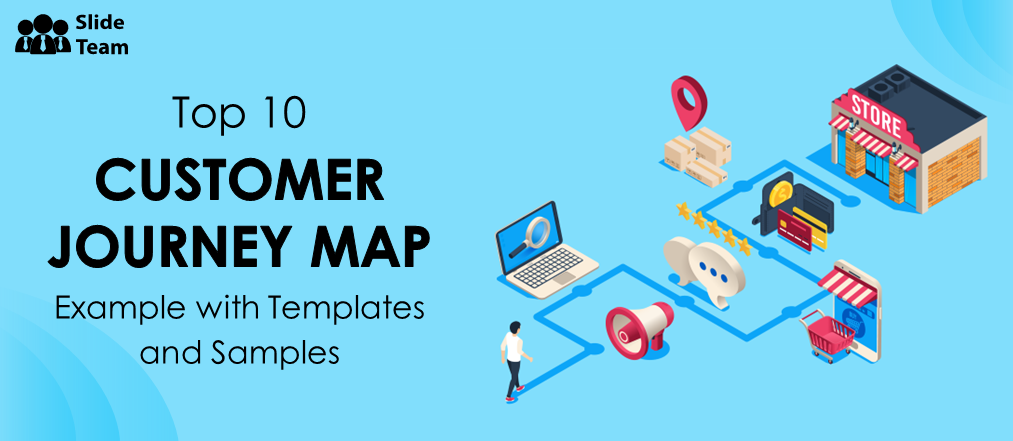The best minds in the world of business understand that the entire commerce machine revolves around the consumer. A good business sets itself apart from its competitors and elevates itself by understanding the needs of their customer all the way through and attending to them.
Businesses, today, do everything they can to build and maintain strong relationships with their customers, but a good many end up falling short. In today's rapidly changing technological age, consumers have more choices than ever before. One way to stay ahead of the curve and strengthen consumer dynamics within your business is to build a consumer toolkit.
A consumer toolkit is a culmination of resources that advance the customer engagement abilities of a business, giving them the tools that they need to strengthen their bonds with consumers.
There are many benefits to incorporating a consumer relationship toolkit to your wider business methodology:
First, it can help your business access the resources it needs to boost interaction with consumers, elevating their marketing campaigns and leaning into the prevailing market trends to develop relevant products and services.
Second, a consumer toolkit can assist businesses in pinpointing and tackling customer needs. It can give businesses the strategies what they need to gain customer feedback and hone their work to better serve the needs of the customer base.
Lastly, a consumer toolkit can help businesses enrich and deepen their relationships with their customers. This can take on multiple forms, from giving top-tier customer service to creating holistic and positive environments for customers of different backgrounds.
While we’re on the topic of toolkits, click here to read our blog that covers brand guideline toolkits competently.
If you are looking for a way to acquire a sound and effective consumer toolkit, then you’ve come to the right place. In this blog, we’re going to be diving into some must have templates that you can adapt and integrate into your business mechanisms to better improve consumer connections and advance your position in the market.
These templates come with the benefit of being ready with information and yet easy to edit and easy to apply, giving you a large degree of flexibility when using them. Let’s begin.
Template 1 – Consumer Service Strategy Transformation Toolkit PowerPoint Presentation Slides
Streamline your internal business processes and build stronger engagements with customers, all with the help of this information rich PPT Deck. It comes with 125 slides, all designed to help you calibrate a superior Customer Relationship Management strategy and add value to your business profile in the process. One of the opening slides details a ‘business case and roadmap for Customer Service Strategy Transformation’, and then expanding on this with some crucial elements like CRM vision tracking, CRM plan implementation and more. A slide discussing ‘capability model for customer service strategy’ is also present, along with a ‘two-stage consumer service strategy value stream model’ packed with information. The PPT Set also allocates a few slides to pertinent topics such as ‘change management plan’, ‘implementation considerations’, ‘vendor scan’, ‘vendor evaluation matrix’, ‘project plan’, ‘RACI matrix’, ‘work streams and roles’, and more.
Template 2 - Brand Idea Framework to Build Consumer Connection Strategy Toolkit
Expand your customer base and energize your consumer engagement model with the guidance of this resourceful PPT Slide. The PowerPoint Layout maps out a simple and cohesive strategy for strengthening one’s brand and boosting connections with the customer through the intersection of a few crucial components – brand promise, brand story, innovative idea, purchase moment, delightful experience, etc. Get this template and incorporate its central tenets into your broader business architecture to reinvent your work structure and raise performance.
Conclusion
Consumer toolkits are important for a plethora of reasons. They aid businesses in saving time and money, by applying cohesive solutions to complex challenges in the world of consumer relationships. Second, they help elevate business value and performance within an organization by instilling consistency in business operations and their outcomes. Lastly, they nurture growth and creativity by giving firms new ideas and empowering them to seek new ways to engage with the customer. Download SlideTeam’s pre-designed templates and set yourself on the path to developing a specialized consumer toolkit for your own firm, optimizing your chances of making it big.
FAQs on Customer Toolkit
What is a policy toolkit?
Within the framework of a business, a policy toolkit is a set of tools, resources, and methods that serve to help managers within the business organize and apply sound policies for the business. It can help business leaders in the following ways:
1 - It defines clear and structured rules for the internal mechanisms of the organization, including its employees, customers, and partners.
2 – It helps the organization align itself with the legal boundaries in the region it operates in, as well as adhere to certain vital ethical regulations.
3 – It insulates the organization from market liabilities, and risks and bolsters the business’s capacity for performance.
4 – It helps to establish ideal practices and organizing principles as emulated by the broader market.
What is included in a toolkit?
- Templates – These are pre-designed documents that can be leveraged for drafting procedures, reports, plans, or other kinds of documents.
- Checklists – This may be a list of the tasks or objectives that needs to be accomplished.
- Guides – These could be documents that give business owners helpful information on how to regulate different processes or methods.
- Frameworks – These are models that help to display crucial concepts, models or principles, assisting managers in comprehending the broader dimensions of a situation and make decisions.
- Case studies – These can take the form of demonstrations that outline the workings of other businesses and the intrinsic policies that have given other businesses market dominance.
- Other resources – A toolkit could include a range of other helpful material such as articles, research papers, and more.





 Customer Reviews
Customer Reviews



















